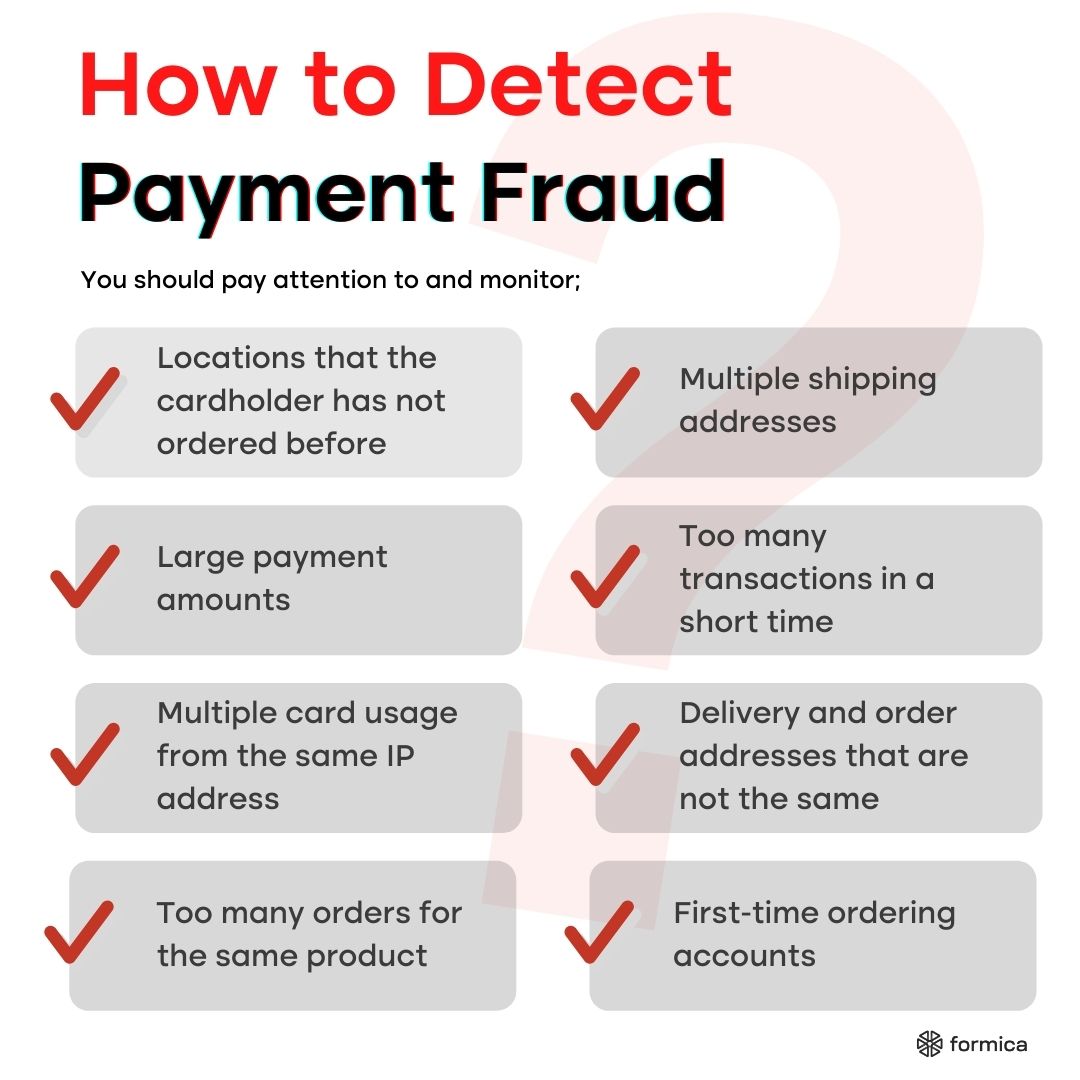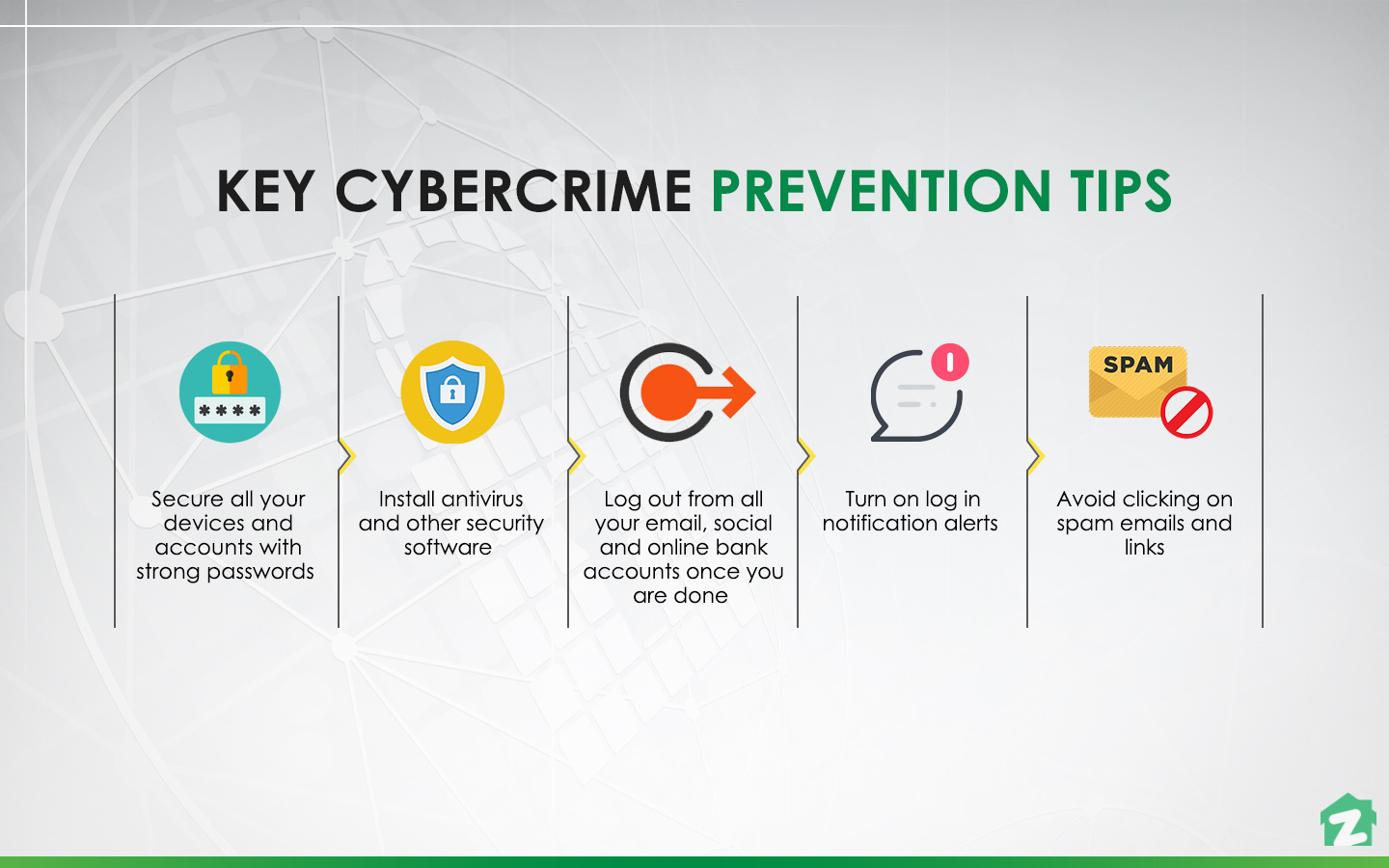Identity Theft

Using malware or computer intrusion techniques, cybercriminals steal personally identifiable information to assume someone else's identity
Credit Card Fraud

Online users are duped into submitting their credit card information on deceitful websites, allowing criminals to make purchases using the stolen data.
Auction Fraud

Online shopping scams include buyers not getting what they paid for or receiving an item that is different from the one advertised.
Investment Fraud

Scammers pretend to have great connections and knowledge in finance and bait people to invest in a company, bank, or venture.
Work-at-Home Scam

This scam promises financial independence and huge money for minimal effort of work at home. Victims must pay upfront for a registration fee to get products that actually dont sell.
Sweepstakes Scam

The victim receives an email saying he has won the lottery or sweepstakes. He asked to send a fee to claim the bogus prize
Online Dating Scam

Criminals scour social networking sites to meet and form relationships with people and later convince them to send money.
West African Scam

Victims are asked to help someone transfer a huge amount of money between countries. The scammer promises to give these people a portion of the money, as long as they send an advanced fee to supposedly help process the transfer


How to Prevent from Scammers
- 1.Identify Potential Scam
- 2.Verify the Source and Information
- 3.Protect Personal Information
- 4.Use Strong and Unique Passwords
- 5.Enable Two-Factor Authentication
- 6.Keep Software and Antivirus Updated
- 7.Avoid Clicking on Suspicious Links
- 8.Educate Yourself on Common Scams
- 9.Be Skeptical of Unsolicited Communications
- 10.Report and Block Suspicious Activity
- 11.Regularly Monitor Financial Statements
- 12.Stay Informed about Current Scams
How to Register a Complaint if You Got Scammed

Follow these steps to register a complaint if you have been a victim of cybercrime:
- Visit the National Cyber Crime Reporting Portal: National Cyber Crime Reporting Portal.
- Register an Account:
- If required, register for an account on the portal.
- File a Complaint:
- Log in and file a complaint by providing details about the cybercrime.
- Attach Documents:
- Attach any relevant documents or evidence to support your complaint.
- Submit the Complaint:
- Submit the complaint through the NCRP website.
Crime Rate Statistics
The bar graph shown represents the crime rate percentage over the years from 2012 to 2022. The data illustrates the changes in crime rates annually.
It is essential to analyze these statistics to understand the trends and patterns in criminal activities. The red bars indicate the crime rates for each respective year.
Efforts to combat crime and ensure public safety are crucial in addressing the challenges presented by these numbers. Law enforcement, community engagement, and proactive measures play a significant role in creating a safer environment for everyone.
Identity Theft

Using malware or computer intrusion techniques, cybercriminals steal personally identifiable information to assume someone else's identity
Credit Card Fraud

Online users are duped into submitting their credit card information on deceitful websites, allowing criminals to make purchases using the stolen data.
Auction Fraud

Online shopping scams include buyers not getting what they paid for or receiving an item that is different from the one advertised.
Investment Fraud

Scammers pretend to have great connections and knowledge in finance and bait people to invest in a company, bank, or venture.
Work-at-Home Scam

This scam promises financial independence and huge money for minimal effort of work at home. Victims must pay upfront for a registration fee to get products that actually dont sell.
Sweepstakes Scam

The victim receives an email saying he has won the lottery or sweepstakes. He asked to send a fee to claim the bogus prize
Online Dating Scam

Criminals scour social networking sites to meet and form relationships with people and later convince them to send money.
West African Scam

Victims are asked to help someone transfer a huge amount of money between countries. The scammer promises to give these people a portion of the money, as long as they send an advanced fee to supposedly help process the transfer


How to Prevent from Scammers
- 1.Identify Potential Scam
- 2.Verify the Source and Information
- 3.Protect Personal Information
- 4.Use Strong and Unique Passwords
- 5.Enable Two-Factor Authentication
- 6.Keep Software and Antivirus Updated
- 7.Avoid Clicking on Suspicious Links
- 8.Educate Yourself on Common Scams
- 9.Be Skeptical of Unsolicited Communications
- 10.Report and Block Suspicious Activity
- 11.Regularly Monitor Financial Statements
- 12.Stay Informed about Current Scams
How to Register a Complaint if You Got Scammed

Follow these steps to register a complaint if you have been a victim of cybercrime:
- Visit the National Cyber Crime Reporting Portal: National Cyber Crime Reporting Portal.
- Register an Account:
- If required, register for an account on the portal.
- File a Complaint:
- Log in and file a complaint by providing details about the cybercrime.
- Attach Documents:
- Attach any relevant documents or evidence to support your complaint.
- Submit the Complaint:
- Submit the complaint through the NCRP website.
Crime Rate Statistics
The bar graph shown represents the crime rate percentage over the years from 2012 to 2022. The data illustrates the changes in crime rates annually.
It is essential to analyze these statistics to understand the trends and patterns in criminal activities. The red bars indicate the crime rates for each respective year.
Efforts to combat crime and ensure public safety are crucial in addressing the challenges presented by these numbers. Law enforcement, community engagement, and proactive measures play a significant role in creating a safer environment for everyone.